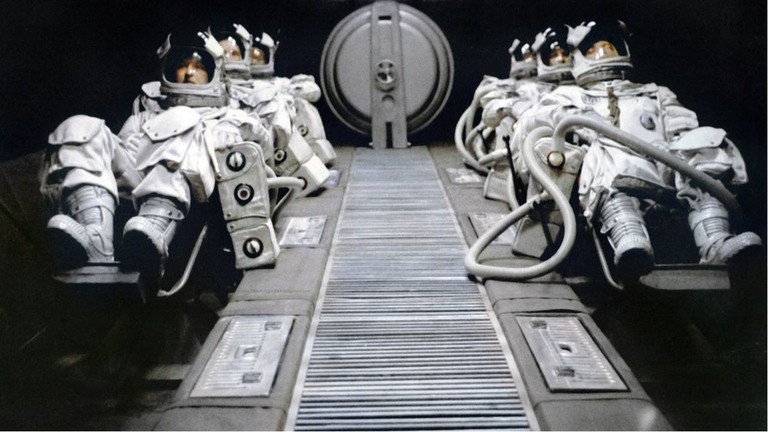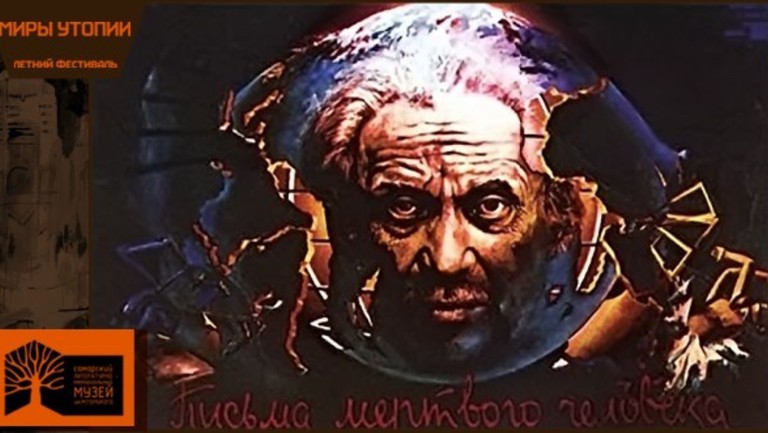The last year events in Ukraine made everyone guess about what happens in the heads of those who currently rule Russia. This is a fruitless task, you can never know. However we can talk about generational trauma experienced by Putin and those around him. This is indeed a tragedy of the last soviet generation of Russians. Many could get a glimpse of that tragedy when Putin was sincerely mourning the collapse of The Soviet Union as the greatest geopolitical catastrophe.
Who are they, Putin and the generation of my parents, born around early 50s to mid 60s. Their childhood comes on the 1970s, arguably the most prosperous years in the soviet history. Those were the golden years of the USSR, The Brezhnev's era dubbed Real Socialism.
To understand the essence of the tragedy try to imagine the environment for Putin and children like him growing up in 1970s? First they know about themselves they are elites. They live in Moscow or Leningrad, in a well off or middle class families. Their parents involved in the party work, KGB or holding a middle to high position at some factory. They are not simple proletariat. They get a better slice of everything. Better schools, which sometimes can arrange a trip abroad for the best students. Summer in the best Socialist Youth resorts in Crimea. Their life is good even by the western standards of middle class families at the time. But the critical point is that they are isolated from the other Russia, they see very little of it, if see it at all. For them that's the norm, everyone they know have life like that.
Their education, especially history and social sciences were heavily soaked with propaganda myths. They were told the glorious stories of their ancestors who fought the great war and build a new country from the ground up. Industrialization of the most agrarian country in 10 years, the great leap forward, first man in space, the list goes on. They were taught that they live in the greatest country in the world and their parents and grandparents gave them all that prosperity.
Here is the tragic part comes. Imagine growing up in these conditions, being regular teenager or young adult doing foolish things as you should. First you get constant nagging from older generation about your life choices and that you take everything for granted. They would say: We fought for you in the great war or were breaking our backs in the factory to give you all that, and what are you doing with your life now. You are not grateful enough for all that good life you get so easy. Thanks to that our last soviet generation coming to adulthood with a sense that they did nothing worthy in their lives compared to those who came before them.
In the 1980s they bring that guilt and insecurity to adulthood, trying to prove themselves capable to continue the work of their fathers. Which is normal, but then the worst happens, the country collapses. So their predecessors gave them the great country, ready to use and advance into even greater future. But they not just didn't achieve anything great themselves, they've lost everything that their fathers entrusted them with.
Important remarks before we move forward. Of course the problem here is in our boomer's predecessors, who were utterly incompetent, who ruined the country and lied to their children about how great everything was. That is why you should keep in mind that when people talk about Soviet Union, even today, many have two opposite images peacefully leaving together in their heads. One is the image of the great country, basically everything from school books and movies. Second is Sovok, a derogatory term soviet people come up with to describe the system inside the country that directly governed their day-to-day life. So back in late 1980s, early 1990s everyone loved or at least respected the first image and everyone hated or wanted to reform the second. In the modern day Russia people who like to talk about how great the Soviet Union was either too young to know or completely forgot about what it was like to live inside Sovok.
Now back to our boomers. Bearing the guilt and in a partial denial about the USSR collapse, they embraced a new democratic Russia. Because honestly everyone was tired of soviet system from the inside (aka sovok), even those in KGB. At least it was true in early 1990s. They were trying to embrace the west and western political elites. It goes well at first, but later they discover that western world is not the way they imagined it and democratic political systems are not going easy even on those who literally just crawled from under the rock. Political reality hits them hard, because in the past they were protected by the shield of Soviet Union, where their fathers drew for them a completely distorted picture of the world. Now they have to face the world all by themselves without any idea how everything works. Consequently many of them fail and get disappointed in "the western ideals and values" and prefer to crawl back into the world they understand. The curse of being the elite hunts them here, they see that everyone who close to them have the same issues, so they assume it's true for the majority. They can't accept the fact that it's only them who cannot accept the outside world. They can't see that younger generations of Russians see themselves as part of a modern world. Luckily in 2000s oil and gas prices went up and our boomers had tons of money to mask for their discordances with the world.
Here they are now. Putin, Patrushev and other members of The Security council. Former KGBs who were in charge of the state security and in whose hands the state collapsed. For them outside world is alien and difficult to understand. They tried facing it but got bruised by political arrogance of foreign democracies and their own feeling of self-entitlement.
P.S.
One lesson from that: Don't over do it with teaching about greatness of the past. No need to create insecurity in your future generations.













